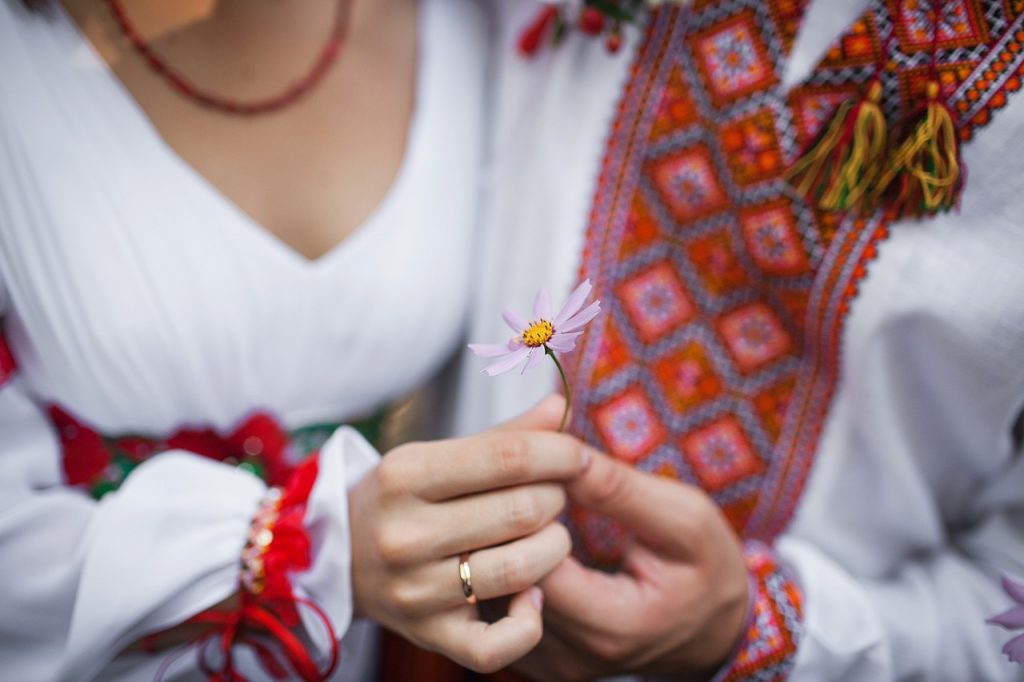Report: Ukrainian war refugee burden is unevenly distributed among municipalities
Since Russia’s invasion of Ukraine, 32,000 people have registered their residence in Estonia and war refugees make up around 2.2% of the Estonian population. According to the Foresight Centre brief report “The Burden of Municipalities in Hosting Ukrainian War Refugees”, the share of refugees in the population and the burden relating to hosting them varies considerably from one municipality to another.

The distribution of war refugees who have registered their residence varies by municipalities: the majority, or nearly two thirds, live in the larger municipalities – Tallinn, Tartu and Pärnu. Refugees account for three per cent or more of the population in eleven municipalities, while in 24 municipalities the share of refugees is less than 1% of the population.
In its analysis, the Foresight Centre took into account the size of municipalities and their capacity to provide public services. These data can be used as a basis for assessing which municipalities bear the greatest burden in hosting refugees. “Municipalities with a higher than average share of war refugees but lower revenue capacity and service levels face more difficulties in providing the necessary services to new residents and supporting their adaptation and integration into Estonian society,” expert of the Foresight Centre Märt Masso explained.
The burden relating to hosting Ukrainian war refugees is higher than average in the cities of Maardu and Rakvere, as well as in the rural municipalities of Jõhvi and Viru-Nigula. In Jõhvi Rural Municipality, the number of war refugees who have registered their residence amounts to 4.5% of the population, in Viru-Nigula Rural Municipality and in the cities of Maardu and Rakvere to 3.9% of the population.
According to Masso, the integration and cohesion of society are characterised by the legal status of the population, and more specifically by the percentage of citizens in the region. “The City of Maardu and Jõhvi Rural Municipality are municipalities with a high share of registered war refugees, and at the same time they have a lower than average percentage of Estonian citizens. Unfortunately, this also means a heavy burden in supporting the adaptation of war refugees and their integration into Estonian society,” said the expert of the Foresight Centre.
The resilience of the municipalities, consisting of revenue capacity and the level of provision of public services, is also an important factor in hosting and integrating refugees.
Masso pointed out that the problem of the uneven burden on municipalities in regard to hosting of refugees becomes even more acute when resilience is taken into account. For example, the share of war refugees is relatively high in the City of Võru (2.8%), Valga Rural Municipality (2.7%), City of Kohtla-Järve (2.4%), City of Loksa (2.3%), Tapa Rural Municipality (2.2%) and Lüganuse Rural Municipality (2.2%). However, in terms of revenue capacity, these municipalities are just on the level of performing and, with the exception of the City of Võru, tend to be below average in the level of services.
There is also a group of municipalities in Estonia that have relatively good revenue base and level of services, but where the refugees who have registered their residence form less than one per cent of the municipality’s population. For example, in the rural municipalities of Harku, Viimsi, Saku and Kambja, the revenue capacity and level of services is higher than average, but only 110–170 refugees per municipality have registered their residence there.
The Foresight Centre is a think tank at the Riigikogu that analysis socio-economic trends and builds future scenarios. The Centre researches a range of topics in order to anticipate emerging trends and potential disruptions.
Latest news
-
27.06 2025Current low birth rate will lead to up to 1.3 billion euros less tax revenue in the future
In its new short report “The impact of population ageing and low birth rate on long-term state revenue and expenditure”, the Foresight Centre notes that the lower than projected birth rate will reduce government spending on family policy and education, but in the long term, it will mean up to 1.3 billion euros less in tax revenue.

 An independent think tank at the Riigikogu
An independent think tank at the Riigikogu